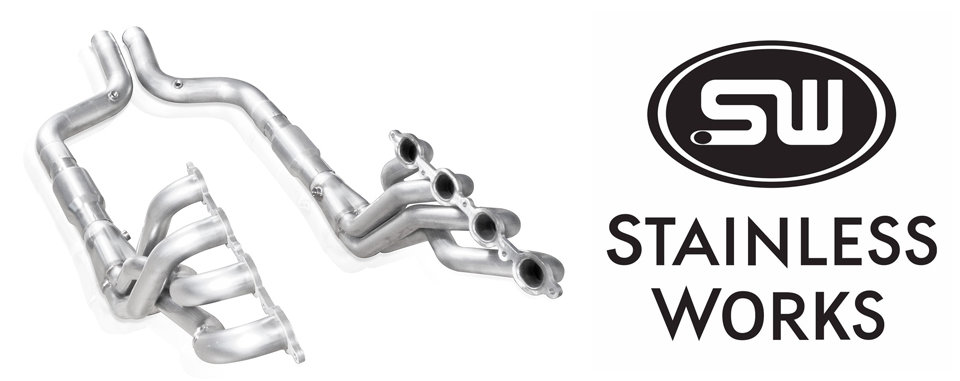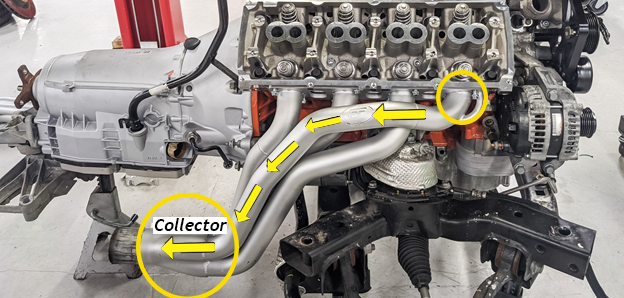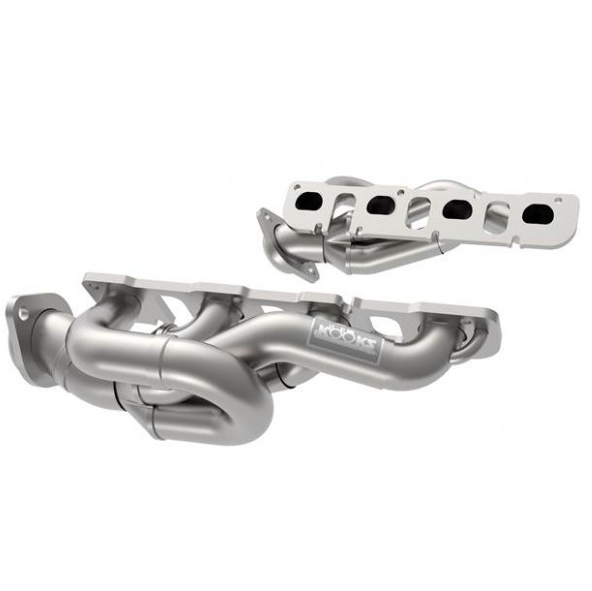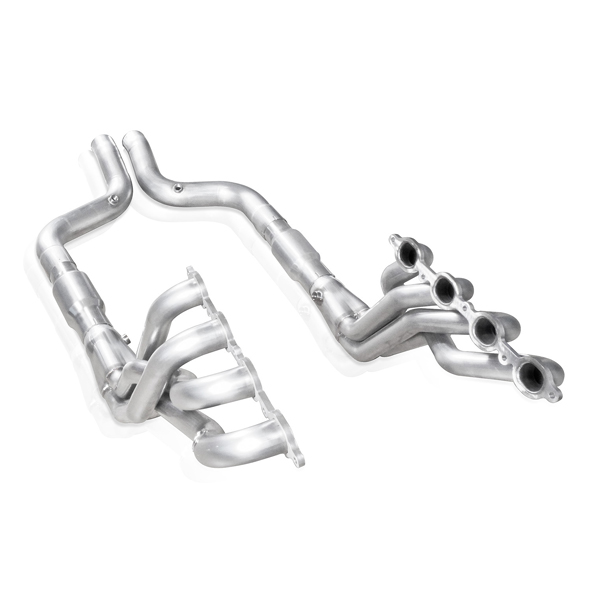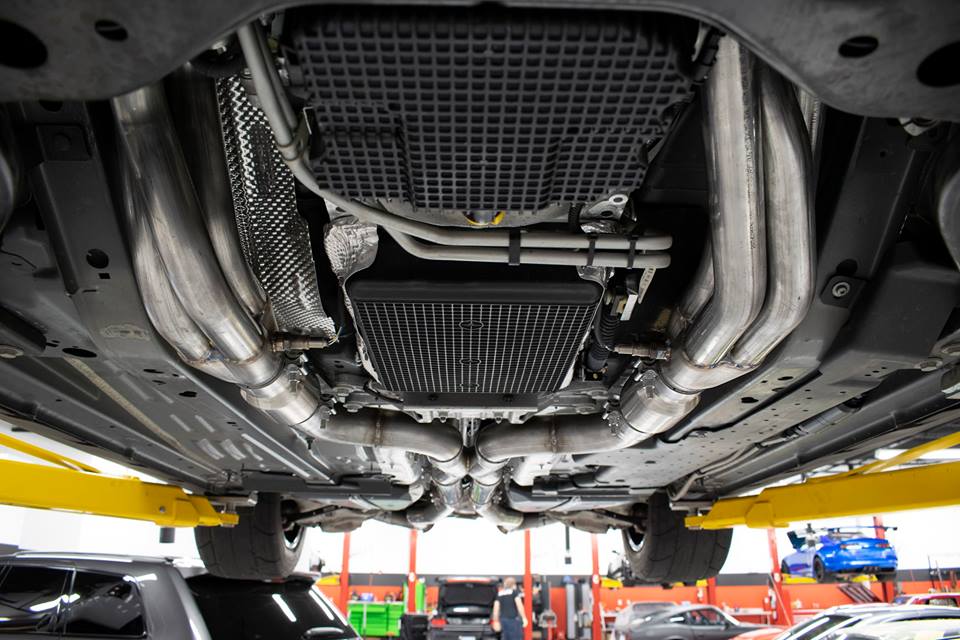Gear and Tech | News : June 10, 2021
We think of vehicles as living, breathing entities. The intake brings in air, the exhaust exhales air out of the vehicle. That exhale starts at the exhaust manifold and headers become an important performance modification as factory manifolds tend to be restrictive. Many enthusiasts spend time and money to bring air into the engine, but you should have the right setup to get the air out, with less restriction, to maximize your performance.
Headers Purpose
The exhaust manifold has openings attached to each cylinder. Exhaust gases exit the manifold into the catalytic converter and then through the rest of the exhaust system. Factory restrictions involve smaller openings at the cylinders and heavy construction to help prevent cracking from the heat. To help overcome these restrictions, headers will attach directly to the cylinders with higher quality, lighter components, and larger diameter openings at the cylinder itself.
There are two types of headers you might be considering for your project: Shorty Headers and Long-Tube Headers.
Shorty Headers
Shorty headers connect directly to the factory exhaust system. Although typically a longer tube than the stock manifold, the shorty header’s name was assigned to them due to the fact their tubing is much shorter than their Long Tube counterpart.
There are advantages to shorty headers. Unlike long tube headers, a shorty header allows for much more workroom around the transmission, starter, and shifter. They are also great for Turbocharged engines as long tube piping tends to increase turbo lag. Disadvantages include the lack of an attached high-flow cat, they are not as loud and do not offer the same level of performance as long tubes.
Long Tube Headers
As the name suggests, long tube headers flow from the engine back to the mid-pipe. This design allows for major performance boosts, an aggressive sound, and is built to handle future power modifications. The long tube design creates negative pressure in the pipe, pulling more exhaust gas out of the cylinder, and reduces backflow pressure. The less restricted exhaust gases then pass through a Collector into a single pipe, which flows to a built-in, high-flow catalytic converter. As with many modifications, doing this modification alone will offer a small performance boost, but coupled with the right intake, camshaft, and more…you will hear and feel the power difference.
Header Materials:
- Chrome & Painted
- Stainless
- Ceramic
These are listed in order of quality and cost, with the least expensive option, Chrome, first and the most expensive option, Ceramic, last.
Chrome is an extremely popular choice as it stands out under the hood. However, there are some drawbacks of installing Chrome headers as they tend to rust over time, depending on vehicle use, and will heat the engine bay more than other options. Like Chome, painted headers tend to be susceptible to rust, but are also prone to discoloration and lose their luster with the constant heat exposure.
Stainless headers are a go-to product for National Speed. Traditionally made from high-quality 304 Stainless Steel, stainless headers are well made and will likely outlast the vehicle itself. We offer a solid variety from leading manufacturers like Stainless Works, Kooks, and many more.
Ceramic-coated headers take the best of the best and make it better. For just a few hundred additional dollars ($300-500 on average) you can ceramic coat stainless headers or purchase the coated headers directly from the manufacturer. Different from painting, the ceramic coating helps to prevent corrosion and discoloration, improves heat tolerance, and helps with efficiency. Heat can seep out of uncoated headers and the ceramic coating helps to keep heat in the exhaust gas, decreasing backpressure and improving the efficiency of the engine.
When Should You Add Headers?
As you look through the Staged Performance Packages we offer, you will start to see headers included in package details around Stage 2 and beyond. Some of the most popular Staged Packages revolve around the following vehicles:
In many cases, we start with induction before moving into exhaust components but many customers decide to move forward with both to open up the factory caged power.
Do You Need A Tune? Will I get a CEL?
This is a common question we get, and we tune almost every vehicle that comes through our shop. For most recommendations we make, tuning is included and is part of every Staged Performance Package we offer. We Strongly recommend getting a tune as you are dramatically changing the amount of airflow, backpressure, and more. You tune a vehicle for more reasons than to prevent a Check Engine Light (CEL), it is tuning to get the most out of the headers themselves and making sure they are set up to maximize the power and efficiency of your header purchase.

